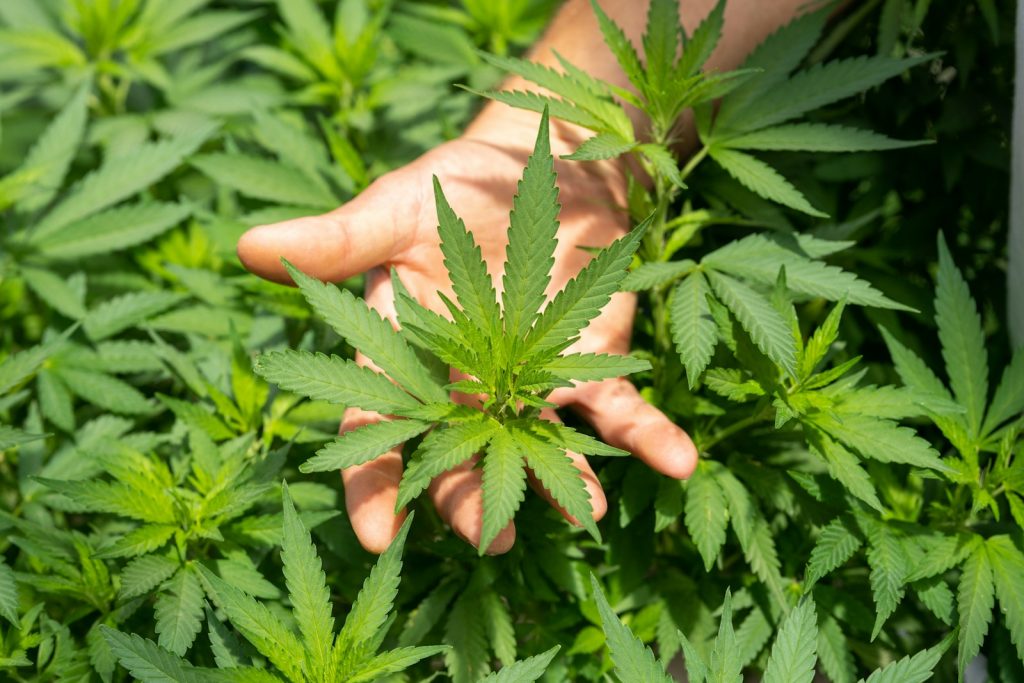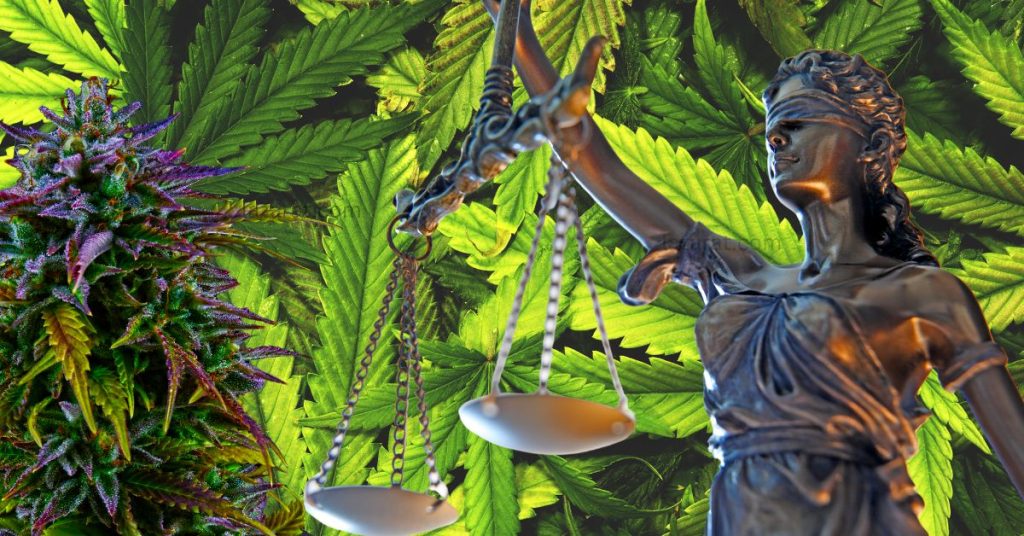Introduction to Marijuana Reclassification
Background of Marijuana Laws in the U.S.
The Justice Department’s decision to reclassify marijuana marks a pivotal moment in the legal history of the United States. For decades, marijuana has been classified as a Schedule I drug under the Controlled Substances Act, indicating a high potential for abuse and no accepted medical use. This classification placed it alongside drugs like heroin and LSD, severely restricting research and medical use despite growing evidence of its therapeutic benefits.
Recent Shift in Public Perception and Policy
In recent years, the public perception of marijuana has undergone a significant transformation. A series of polls and surveys have consistently shown a majority of Americans now support not only medical but also recreational legalization. This shift has been reflected in state-level legislation, with numerous states decriminalizing or legalizing marijuana outright for various uses. The growing acceptance of marijuana, particularly among younger demographics, has pressured federal agencies to reconsider outdated policies that no longer reflect societal attitudes.
Overview of the Justice Department’s Announcement
On a landmark day, the Justice Department announced its intent to reclassify marijuana to a Schedule III drug, which recognizes its medical uses and lowers its abuse potential. This historic shift is poised to reshape many aspects of American life, acknowledging the plant’s medical viability and potentially easing the national opioid crisis. The move comes after extensive review and recommendation by the Health and Human Services and is a direct response to advocacy and changing public sentiment. A closer look at the details of the DEA’s decision reveals a complex process involving public consultation and adjustments to federal law, highlighting the bureaucratic challenges of such a significant policy shift.
In these discussions and changes, the tone of the conversation about marijuana has decidedly shifted from one of criminality to one of regulation and public health, setting the stage for a reevaluation of how it is integrated into society.

Details of the Reclassification Proposal
From Schedule I to Schedule III: What Changes?
The reclassification of marijuana from a Schedule I to a Schedule III drug under the Controlled Substances Act is a profound change, signaling a shift in how the federal government views the substance. Schedule I drugs, defined as having no accepted medical use and a high potential for abuse, have historically included marijuana alongside heroin and LSD. The move to Schedule III, which includes drugs like ketamine and certain anabolic steroids, acknowledges marijuana’s medical benefits and a lower potential for abuse.
- Medical Recognition: As a Schedule III drug, marijuana will be officially recognized for its medical applications, facilitating more extensive research and pharmaceutical use.
- Regulatory Impact: This reclassification eases some of the stringent regulatory hurdles that have hampered the growth of the cannabis industry, such as restrictions on banking and medical research.
Role of the DEA and Health and Human Services in Reclassification
The decision to reclassify marijuana involved significant input from the Drug Enforcement Administration (DEA) and the Department of Health and Human Services (HHS). These agencies play critical roles in drug scheduling decisions through scientific and medical evaluation of substances.
- DEA’s Evaluation: The DEA assessed the abuse potential and medical utility of marijuana, relying on extensive data and public health input.
- HHS Recommendations: HHS provided a scientific and medical evaluation, recommending reclassification based on current evidence of medical efficacy and lower abuse potential compared to Schedule I drugs.
Implications for Medical and Recreational Use
The shift to a Schedule III classification has far-reaching implications for both medical and recreational marijuana use. Medical use of marijuana is expected to expand, as the new classification allows for broader research and more straightforward prescription processes. However, recreational use will still face federal hurdles despite the reclassification.
- Expansion of Medical Research: Researchers will now have fewer barriers to studying marijuana, leading to potential new treatments and therapeutic uses.
- Continued Regulation of Recreational Use: While the reclassification reduces certain federal restrictions, marijuana remains a controlled substance, and non-medical use continues to be regulated at both state and federal levels.
This reclassification does not simplify the legal landscape entirely but it modifies the trajectory of how marijuana is perceived and managed in legal contexts, paving the way for future reforms.
Political and Social Implications
Federal vs. State Policies on Marijuana
The reclassification of marijuana by the Justice Department highlights a significant divergence between federal and state policies that have been evolving for years. While numerous states have legalized medical and recreational marijuana, federal law has lagged behind, creating a complex patchwork of regulations that challenge businesses, law enforcement, and users.
- Alignment Challenges: The new federal stance could potentially align more closely with state laws, reducing conflicts and legal uncertainties for states that have moved ahead with legalization.
- Policy Harmonization: It paves the way for better harmonization between state and federal regulations, which is essential for law enforcement and legal proceedings.

Impact on the 2024 Election and Political Climate
The decision to reclassify marijuana could have substantial political ramifications, particularly with the approaching 2024 election. This move by the Biden administration may resonate with younger voters and those advocating for drug policy reform, potentially influencing voter turnout and candidate platforms.
- Electoral Influence: The reclassification might bolster support for the administration, appealing to progressive segments of the electorate who favor drug reform.
- Policy Debate: It is likely to ignite policy debates among candidates, possibly shaping party platforms and legislative priorities in the years to come.
Social Equity and Justice Considerations
Beyond the political landscape, the reclassification of marijuana touches on deeper issues of social justice and equity. Historically, marijuana laws have disproportionately affected marginalized communities, with severe consequences for minor drug offenses.
- Criminal Justice Reform: This policy shift is seen as a step toward correcting past injustices, offering a chance to revisit and potentially expunge criminal records related to marijuana offenses.
- Economic Opportunities: Reclassification could open new economic opportunities in communities that have been adversely affected by previous drug enforcement policies, fostering growth and development through legal cannabis industries.
This section of the article will explore how the changing legal status of marijuana reflects broader shifts in societal attitudes and priorities, illustrating the intricate connections between law, politics, and social norms.
Potential Consequences and the Road Ahead
Economic Impact on the Cannabis Industry
The reclassification of marijuana to a Schedule III substance is expected to catalyze significant economic growth within the cannabis industry. This shift acknowledges its lower abuse potential and recognizes medical uses, which could transform business operations by easing restrictions on banking, advertising, and commerce.
- Business Expansion: Companies in the cannabis sector might experience easier access to essential business services, such as banking and loans, promoting expansion and innovation.
- Market Growth: The reclassification could lower barriers for new entrants, potentially leading to increased competition and a broader range of products for consumers.
Challenges in Regulation and Compliance
While the reclassification of marijuana brings potential benefits, it also introduces new challenges in regulation and compliance. Agencies like the DEA will need to adapt to a new regulatory environment that balances oversight with the freedoms granted under a less restrictive classification.
- Regulatory Adjustments: Regulatory frameworks will need updating to accommodate the new classification, which could involve complex revisions of existing laws and guidelines.
- Compliance Complexity: Businesses will need to navigate these changes, ensuring compliance with both federal and state laws, which may remain in flux as jurisdictions adjust to the new federal stance.
Future of Cannabis Research and Innovation
The move to Schedule III is likely to spur a wave of research and development within the pharmaceutical and medical sectors. Researchers will have greater freedom to explore the therapeutic potentials of marijuana, potentially leading to new medical treatments and a better understanding of its pharmacology.
- Research Opportunities: Eased restrictions can facilitate more comprehensive research studies, allowing for deeper insights into the medicinal benefits of marijuana.
- Innovation in Treatment: With new research, innovative treatments that harness the unique properties of cannabis may emerge, broadening options for patients and healthcare providers.
The path forward for marijuana policy in the United States is marked by both opportunities and challenges. As federal, state, and local entities work to align their regulations with this new classification, the landscape of cannabis use, both medicinal and recreational, will continue to evolve. This evolution will not only reflect changes in law but also shifts in societal attitudes towards marijuana and its role within American culture.
© 2024 by Lazarat.com. All rights reserved. No part of this document may be reproduced or transmitted in any form or by any means, electronic, mechanical, photocopying, recording, or otherwise, without prior written permission of Lazarat.com.

Leave a Reply